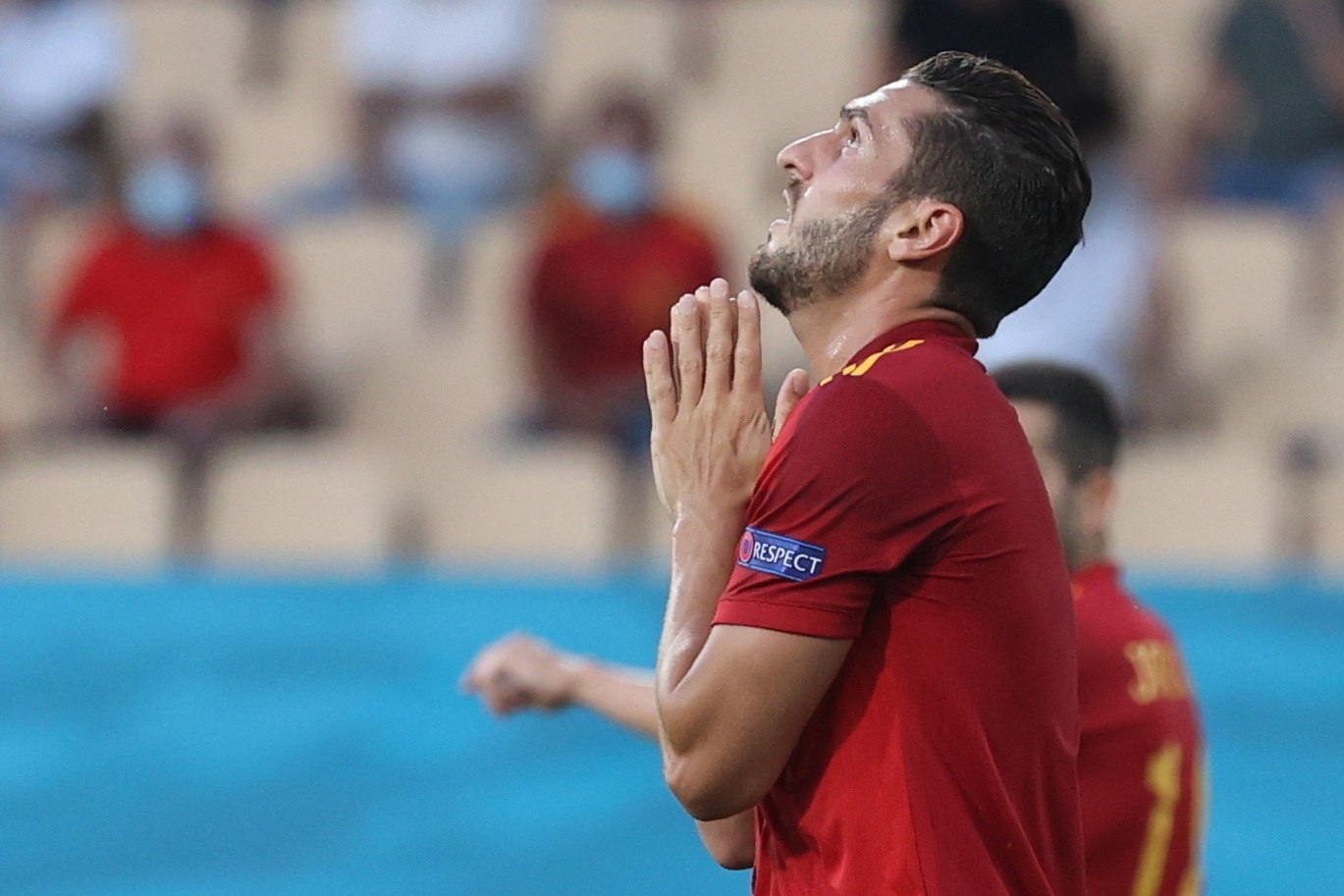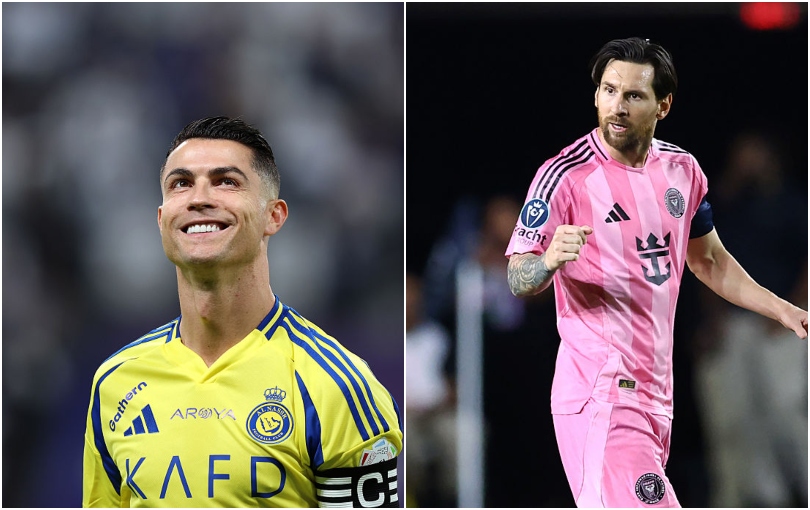Euro 2020: Why Spain need a Frank Lampard in midfield
Spain can dominate the ball, yet they lack a goalscoring midfielder to ease the burden on the striker

Alvaro Morata missed. Of course he did. Gerard Moreno missed. Given his prolific season for Villarreal, that may have come as more of a surprise. The story of Spain’s stalemate against Sweden could have been told via strikers or statistics; more than 900 passes, 85 percent possession and no goals.
It formed a sequel to their 2018 World Cup exit against Russia, a game of 1006 completed Spanish passes and, again, no Spanish scorer (Sergei Ignashevich instead put the ball into his own net). Diego Costa started that day on what may forever prove his last cap. Like Rodrigo, a substitute then, he was born in Brazil.
SPAIN SQUAD The complete line-up for Euro 2020
There is a temptation to wonder why a nation that has produced more world-class midfielders than any other this millennium does not create forwards of a similar quality and in such quantity.
The counter-argument the draws with Russia and Sweden highlight flaws with the definitive Spanish players: with the midfielders. They prospered by accumulating likeminded technicians and allowing them to pass among themselves but it became a risk-averse formula in 2010 and 2012. It did not cost them then. It has since: in maintaining control, they are forever behind the ball.

The box-to-box midfielder has been a staple of British football. His antithesis is found in Spain; the midfielder who rarely enters either penalty area. It is partly because Spain have so little defending to do, but partly due to an aversion to getting ahead of the ball, to make the run to support the striker, or even to get beyond him, or to meet the first cross into the opposition area. It can be harder to break down a packed defence if the penalty box is a no-go area.
A runner from deep can be a disruptor; he can pose issues for a previously organised unit who are unsure who picks him up. Yet Spain’s 900 passes against Russia produced just two efforts from midfielders (Koke on both occasions) inside the penalty area. It can explain why the three senior midfielders in Luis Enrique’s squad have a combined total of four goals in 217 caps.
Get FourFourTwo Newsletter
The best features, fun and footballing quizzes, straight to your inbox every week.
Sergio Busquets, scorer of two and a man who missed the Sweden game, may be excused as a holding midfielder and, on the day Luis Enrique perhaps should have removed the defensive midfielder Rodri sooner to introduce a more progressive passer, in Thiago Alcantara, as a deep-lying playmaker. But alongside each, the prodigy Pedri finished with 106 passes and no attempts at goal.
⭐️🇪🇸 Iniesta stole the show in 2012 🏆Best final performance in UEFA history?#EUROstars | @Heineken pic.twitter.com/ZRWgW5MpWGJune 30, 2020
It can be the Spanish way. It can also apply added pressure on the forwards to score. It did not harm Spain in their heyday. Indeed, it helped then that one of their playmakers was prolific: David Silva’s return of 35 international goals feels extraordinary, but he spent most of his Spain career in the forward line. But Xavi and Andres Iniesta topped 130 caps each and only scored 13 goals apiece, even if one of them was a winner in the World Cup final. Xabi Alonso’s 16 in 114 looks healthy in comparison, but was bolstered by six penalties. Cesc Fabregas got 15 in 110 despite sometimes playing as a false nine.
It is a failing of English football that it struggles to produce its versions of Xavi, but Spain may suffer from an inability to develop a Frank Lampard type. If Chelsea’s record scorer’s total of 303 goals for clubs and country made him an extraordinary outlier, many another British midfielder has at least some of the same mentality. The first step to scoring is to show the ambition to get into such positions and, at times, to have the selfishness to shoot.
The transformation of Ilkay Gundogan this season has been instructive. Perhaps the most Spanish-style midfielder in the Germany squad started to burst into the box and to get ahead of the ball. He unlocked his inner Lampard. He had the technical skills to finish; and that forms part of the frustration of watching Spain, of always suspecting that these are players with the talent to score goals but who, entrenched in a philosophy, lack the intent to do so.
Tactically, Spain’s 4-3-3 formation ought to afford someone the freedom to get further forward and, despite the shift in thinking in recent years, that is not just confined to attacking full-backs but their positioning can be too cautious too often.
While Isco struck in the last World Cup operating as a No. 10 and Alonso has scored penalties since, no one playing in midfield for Spain has found the net in major tournaments since the former Liverpool man headed them into the lead against France in the Euro 2012 quarter-final. Then Spain were all-conquering.
Even at their peak, there was a question if a horribly risk-averse team took the cult of sideways passing too far. Then their retort could be found in the trophy cabinet. But now it is worth noting that while possession may be nine-tenths of the law, it forms no part of the scoreline.
Subscribe to FourFourTwo today and get a FREE England Euro 96 shirt!
NOW READ
FOR YOUR HOME Euro 2020 wall chart: Download free with full schedule, fixtures and dates
REFS Euro 2020 referees revealed: who are they, how were they selected and will VAR be in use?
Richard Jolly also writes for the National, the Guardian, the Observer, the Straits Times, the Independent, Sporting Life, Football 365 and the Blizzard. He has written for the FourFourTwo website since 2018 and for the magazine in the 1990s and the 2020s, but not in between. He has covered 1500+ games and remembers a disturbing number of the 0-0 draws.

